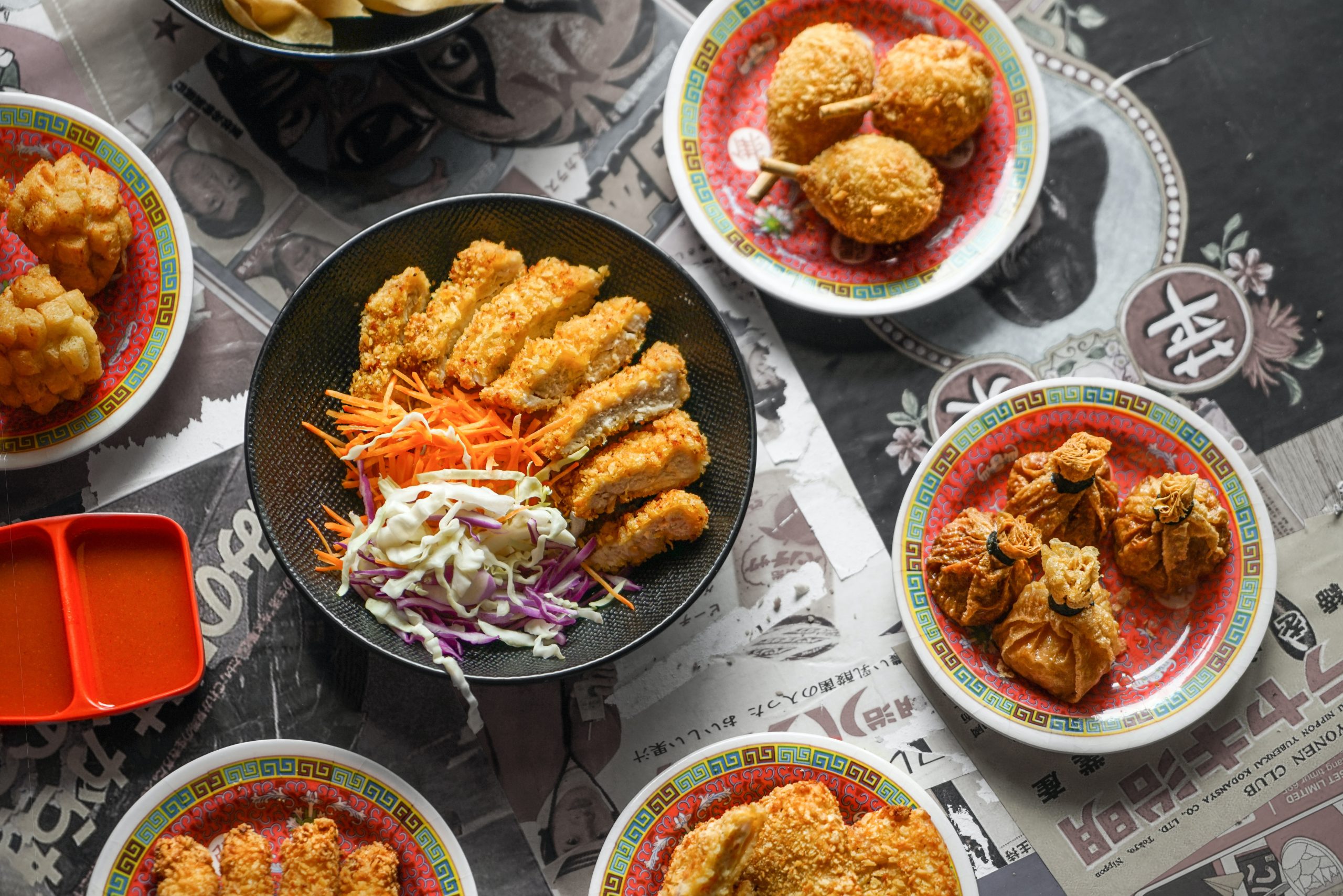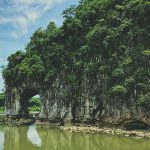Exploring the Magic of Chinese New Year Celebrations
Welcome to the heart of China, where traditions blend seamlessly with modern festivities, creating a unique tapestry of culture and celebration. As the lunar calendar marks the arrival of spring, the Chinese New Year, or Spring Festival, is a time of joy, togetherness, and renewal. In this travel blog, Green Sun Travel will take you on a journey through the enchanting Chinese New Year celebrations, where ancient customs come alive in vibrant colors and rhythmic beats.
Chinese New Year Celebrations in Cultures
Chinese New Year, also known as the Spring Festival, is not only celebrated in China but is also observed by various other cultures and communities around the world. These celebrations often come with their own unique customs and traditions. Here’s a glimpse of how Chinese New Year is celebrated in some of these diverse cultures:
Vietnam – Tết Nguyên Đán

In Vietnam, Chinese New Year is known as Tết Nguyên Đán. It is the most important and widely celebrated festival in the country. Similar to China, Vietnamese people clean their houses to sweep away bad luck and decorate with vibrant red and gold. Special foods like bánh chưng (sticky rice cakes) and bánh tét are prepared and offered to ancestors. There are also parades, fireworks, and dragon dances in the streets.
Korea – Seollal
In Korea, the Lunar New Year is called Seollal. People pay respects to their ancestors, exchange gifts, and perform ancestral rituals. A traditional game called Yut Nori is often played during Seollal. It involves tossing sticks and moving game pieces on a board to determine one’s fortune for the year.
Japan – Oshogatsu
In Japan, the New Year is called Oshogatsu. It is a time for family gatherings and special meals. Japanese people visit Shinto shrines and Buddhist temples, where they pray for good luck and happiness in the upcoming year. Traditional decorations like Kadomatsu and Kagami Mochi are also displayed.
Indonesia – Imlek
Chinese New Year, known as Imlek in Indonesia, is celebrated by the Chinese-Indonesian community. The celebration includes lion and dragon dances, parades, and various cultural performances. The use of firecrackers and fireworks is a common practice to ward off evil spirits.
Malaysia and Singapore – Chap Goh Mei
Chinese New Year, or Chap Goh Mei, is celebrated with great enthusiasm in Malaysia and Singapore, which have large Chinese communities. The celebrations are marked by open houses, where people of all backgrounds are invited to share traditional Chinese dishes and participate in festivities. The Chingay Parade in Singapore is a major highlight, featuring colorful floats, dragon and lion dances, and cultural performances.
Philippines – Chinese New Year in Binondo
In the Philippines, the Chinese New Year is celebrated in the Chinatown district of Manila, known as Binondo. The celebration includes a grand parade, traditional dances, and a street food festival. The Filipino-Chinese community participates in various cultural and religious activities.
Thailand – Songkran
While not a direct celebration of Chinese New Year, Thailand’s Songkran festival coincides with the lunar New Year period. Songkran is known for its water festival, where people splash water on each other to symbolize the cleansing of bad luck and welcoming a fresh start. It’s a time for family gatherings, temple visits, and traditional activities.
These diverse celebrations show how the spirit of the Chinese New Year celebrations have spread far and wide, transcending cultural boundaries and creating a sense of unity and renewal in many different communities around the world.
My Chinese New Year Celebrations

Day 1: Arrival in Beijing
Our adventure begins in the bustling city of Beijing, where the streets are adorned with bright red lanterns and banners, and the air is filled with excitement. As you explore the city, you’ll witness traditional performances, temple fairs, and vibrant parades. Don’t miss a visit to the Temple of Heaven, where locals gather to pray for good fortune in the year ahead.
Day 2: Beijing’s Iconic Temple Fair
On the second day, we recommend immersing yourself in the rich culture of the Spring Festival by attending a temple fair. The Ditan Park Temple Fair is a perfect choice, where you can watch awe-inspiring martial arts performances, sample local delicacies, and even try your hand at traditional games.
Day 3: The Great Wall under Fireworks
For a truly unforgettable experience, visit the Great Wall during Chinese New Year. The grandeur of this ancient wonder is magnified by the stunning fireworks displays that light up the night sky. It’s a sight you’ll cherish forever.
Day 4: Shanghai’s Glitzy Celebrations
Next, we head to the vibrant city of Shanghai, where the Chinese New Year celebrations take on a modern twist. The iconic Bund waterfront is adorned with captivating light displays, and the city’s skyscrapers come to life with spectacular projections. Make sure to explore the famous Yuyuan Garden, beautifully decorated for the occasion.
Day 5: The Spectacle of the Lantern Festival
On the fifth day, immerse yourself in the Lantern Festival, marking the end of the New Year celebrations. In Yu Garden, you’ll find a dazzling array of colorful lanterns, some shaped like mythical creatures and gods. It’s the perfect way to wrap up your Chinese New Year adventure in Shanghai.
Day 6: Suzhou’s Serenity
As you journey to Suzhou, take a moment to reflect on the past week’s festivities. Suzhou’s serene gardens, canals, and traditional architecture provide a peaceful contrast to the vibrant celebrations. Take a boat ride along the canals and indulge in local cuisine for a calming interlude.
Day 7: Farewell in Hangzhou
Our journey concludes in Hangzhou, where the West Lake shines under the glow of lanterns and lights. Take a boat ride on the lake to admire the scenic beauty. Wrap up your trip with a traditional tea ceremony in one of Hangzhou’s historic tea houses, contemplating the memories of your extraordinary Chinese New Year adventure.
Conclusion
In the spirit of unity and renewal, Chinese New Year celebrations have transcended geographical boundaries and cultural borders, bringing people together from all walks of life. From the bustling streets of Beijing to the serene temples of Japan, and from the lively Chinatowns of the Philippines to the open houses of Malaysia, the world joins in celebrating this auspicious occasion. Each culture adds its unique flavor, customs, and traditions to the tapestry of this global festival.
As you explore these diverse Chinese New Year celebrations, you’ll find that the essence of the Spring Festival remains the same: a time to bid farewell to the old and welcome the new, to strengthen family bonds, and to wish for prosperity and good fortune. It’s a testament to the power of culture and tradition to unite people in a common celebration of hope and optimism.
So, whether you’re enjoying a dragon dance in Vietnam or sharing a meal at an open house in Malaysia, remember that the universal theme of hope, renewal, and togetherness connects us all during Chinese New Year, no matter where in the world we may be.







